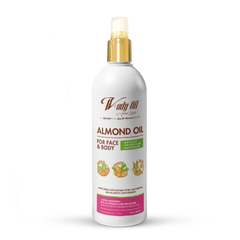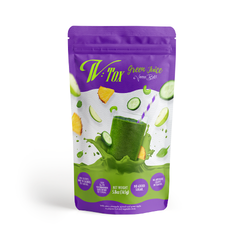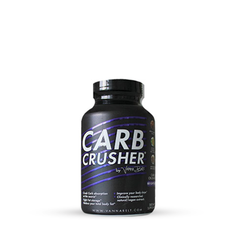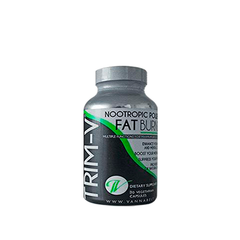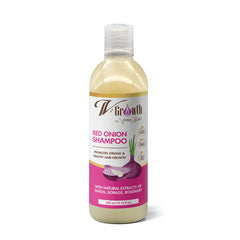


The skin, the body's largest organ, is as complex as it is vital. It serves as a protective barrier, regulates temperature, and provides sensory information.
To fully appreciate its role, it's essential to understand the different layers of skin and their specific functions. Let's delve into the three primary layers: the epidermis, dermis, and hypodermis.
1. The Epidermis: The Outermost Layer
The epidermis is the skin's outermost layer and the first line of defense against the environment. It's made up of several sub-layers and serves multiple key functions:
-
Protection: The epidermis shields the underlying tissues from pathogens, UV radiation, and physical abrasions.
-
Water Barrier: It prevents excessive water loss, maintaining the body's hydration balance.
-
Melanin Production: Cells called melanocytes produce melanin, the pigment responsible for skin color, and provide some protection against UV radiation.
2. The Dermis: The Middle Layer
Beneath the epidermis lies the dermis, a thicker layer that provides strength and flexibility. It's composed of collagen and elastin fibers and contains several important structures:
-
Blood Vessels: These supply nutrients and oxygen to the skin and help regulate body temperature.
-
Nerve Endings: The dermis is home to sensory receptors that detect touch, pressure, pain, and temperature.
-
Hair Follicles and Glands: This layer contains hair follicles, sweat glands, and sebaceous glands, which produce sweat and sebum (oil), respectively, playing roles in temperature regulation and skin lubrication.
3. The Hypodermis: The Deepest Layer
Also known as the subcutaneous layer, the hypodermis is the innermost layer of the skin. It consists mainly of fat and connective tissue and serves several vital functions:
-
Insulation and Cushioning: The fat in the hypodermis helps insulate the body and provides cushioning against impacts.
-
Energy Storage: This layer serves as an energy reserve, storing fat that can be metabolized for fuel.
-
Anchoring the Skin: The hypodermis connects the skin to the underlying muscles and bones.
Maintaining Healthy Skin Across All Layers
Understanding the skin's structure underscores the importance of a comprehensive skincare routine that addresses each layer's needs:
-
Protecting the Epidermis: Using sunscreen and gentle cleansing products can help protect this outer layer.
-
Nourishing the Dermis: Hydrating and collagen-boosting products can maintain the dermis's health and elasticity.
-
Caring for the Hypodermis: A balanced diet and regular exercise can help keep this layer and the overall skin in good condition.
The skin's complexity is matched only by its importance to overall health and well-being. By understanding the functions of its different layers, we can better appreciate the need for comprehensive skincare and lifestyle choices that support skin health from the inside out.
Whether it's protecting against environmental damage or nourishing the skin with the right nutrients, each layer deserves attention and care.
SHOP THIS BLOG
OUR MISSION
Inspire, encourage and empower women around the world to regain confidence in their bodies and feel comfortable in their own skin.
SEE WHAT PEOPLE ARE SAYING!
"If you're still wondering if it works! Stop, do yourself the favor and order it. I will forever be a user of the product. It's faded my stretch marks immensely on my hips, thighs and tummy."
Deanna R., Happy Gel-V Customer
"Best Belt ever!!! The V-Belt gives me the support I need and that I was looking for. It maintain my waist snatch while giving the comfort and support all while looking good 😊 with any type of clothing. Will definitely recommend this V-Belt to everyone, I love it 🥰"
Yessica P., Happy V-Belt Customer
















